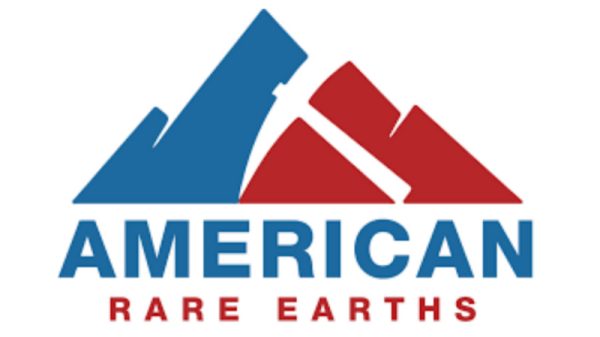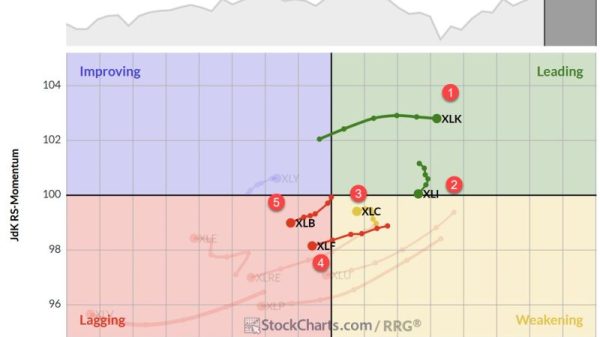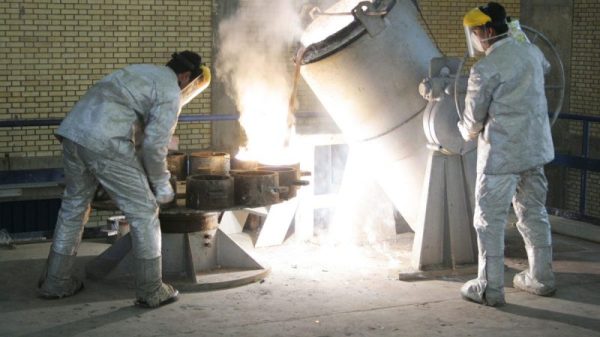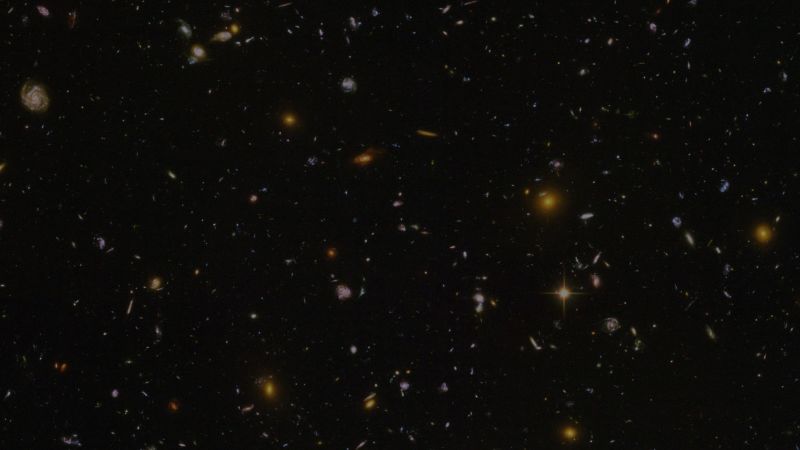When the discovery of fossilized footprints made in what’s now New Mexico was made public in 2021, it was a bombshell moment for archaeology, seemingly rewriting a chapter of the human story. Now new research is offering further evidence of their significance.
While they look like they could have been made yesterday, the footprints were pressed into mud 21,000 to 23,000 years ago, according to radiocarbon dating of the seeds of an aquatic plant that were preserved above and below the fossils.
This date dramatically pushed back the timeline of humans’ history in the Americas, the last landmass to be settled by prehistoric people. The 61 dated prints, which were discovered in the Tularosa Basin, near the edge of an ancient lake in White Sands National Park, were made at a time when many scientists think that massive ice sheets had sealed off human passage into North America, indicating that humans arrived in the region even earlier.
However, some archaeologists questioned the age of the footprints established by those initial findings. The skeptics noted that aquatic plants such as Ruppia cirrhosa — the one used in the 2021 study — can acquire carbon from dissolved atoms in the water rather than the air, which can result in a misleadingly early date.
In a follow-up study published Thursday in the journal Science, researchers said they have produced two new lines of evidence to support their initial dates.
“Even as the original work was being published, we were forging ahead to test our results with multiple lines of evidence,” said Kathleen Springer, research geologist at the US Geological Survey and co-lead author on the new Science paper, in a news release.
“We were confident in our original ages, as well as the strong geologic, hydrologic, and stratigraphic evidence, but we knew that independent chronologic control was critical.”
When and how early humans first migrated to the Americas has long been debated and remains poorly understood. Current estimates for the first inhabitants range from 13,000 years ago to more than 20,000 years ago. However, the earliest archaeological evidence for the region’s settlement is sparse and often controversial, making the footprints especially important.
Confirming the age of ancient footprints
For their follow-up study, the researchers focused on radiocarbon dating of conifer pollen, because it comes from a terrestrial plant and avoids the issues that can arise when dating aquatic plants such as Ruppia, according to the news release.
The scientists were able to isolate some 75,000 grains of pollen, collected from the exact same layers as the original seeds, for each sample. Thousands of grains are required to achieve the mass necessary for a single radiocarbon measurement. The pollen age matched that found for the seeds.
The team also used a dating technique known as optically stimulated luminescence, which determines the last time quartz grains in the fossil sediment were exposed to sunlight. This method suggested that the quartz had a minimum age of 21,500 years.
“The immediate reaction in some circles of the archaeological community was that the accuracy of our dating was insufficient to make the extraordinary claim that humans were present in North America during the Last Glacial Maximum,” said Jeff Pigati, USGS geologist and co-lead author of the study. “But our targeted methodology in this current research really paid off.”
This study helps illuminate the grand story of human evolution, but there’s still much that remains unknown about how the Americas were populated.
It’s not clear whether early humans arrived by boat or came over a land bridge from Asia. Nor, despite advances in genetic evidence, is it clear whether one or many populations of early modern humans made the long journey.
Bente Philippsen, an associate professor and radiocarbon dating expert at the Norwegian University of Science and Technology, said determining the age of pollen grain is an “intricate process that comes with a risk of contamination.”
What’s more, she noted in a commentary published alongside the study, dates derived from luminescence have large measurement uncertainties.
However, she said that the new study’s findings overall “strongly indicate” a human presence in the Americas around the time of the Last Glacial Maximum, a period between 19,000 and 26,000 years ago when two massive ice sheets covered the northern third of North America, reaching as far south as New York City, Cincinnati and Des Moines, Iowa.
The ice and cold temperatures would have made a journey between Asia and Alaska impossible during that time, meaning the people who made the footprints likely arrived much earlier.
Jennifer Raff, an associate professor at the University of Kansas and author of “Origin: A Genetic History of the Americas,” said the footprint findings were a “big deal” for the field.
“The American continents were the last step on modern humans’ global journey across the world,” she said via email. “It is fascinating to imagine what it must have been like to enter a new region and contend with the challenges (and opportunities) that new environments would have presented.”






































